Since Expanding Dan began six months ago, I’ve wanted to find a way to share more music with the newsletter’s subscribers. That’s why today I’m launching a podcast. As with the regular newsletter, episodes will be sent directly to your inbox, and they’ll be available to stream or download.
The podcast will consist of original mixes custom-made from the contents of the Expanding Dan crates: Dan-adjacent AOR, city pop, and R&B; real jazz, fake jazz, fake-fake jazz. On occasion, I’ll feature sets by notable guest selectors. Each one will be organized around a theme. In this first episode, “Sensitive Types,” I’m featuring tracks by some of the emo Major Dudes who haunted the recording studios of Los Angeles, New York, Nashville, and points beyond in the 1970s and ’80s, crafting slick torch songs with many of the same first-call session players utilized by Steely Dan. Future episodes will key in on a certain year or record label, or dig into the work of a single songwriter, musician, or producer.
This also gives me the opportunity to have a little fun with audio. Into this first show, for instance, I’ve woven some vintage jingles from an L.A. adult contemporary radio station that give the mix a kind of taped-from-air quality. Below you can read notes on each track. If you have requests for future themed episodes, please drop them into the comments!
Michael Johnson: “Right Through the Heart” (1980)
In the ’80s, “Right Through the Heart” got around like the song’s elusive femme fatale. Penned by Robert Byrne, the late Alabama- and Nashville-based songwriter perhaps best known for his work with Ronnie Milsap, “Right Through the Heart” was recorded in 1980 by both Johnson and Ian Cussik, who then slapped the title onto his album. Byrne also included it on his outstanding 1981 collaboration with Brandon Barnes, An Eye for an Eye. A few years later, Manfred Mann’s Earth Band made the bizarre decision to graft a Devo-ish jerky dance beat onto the song. Johnson’s version is the best of the bunch. Over a vise-tight groove, the convincingly lovesick singer admits that he resents being just another man who has fallen prey to his onetime lover’s “womanly wiles.” Saddest of all, he debases himself again, leaving her an open invitation to return, even if it’s just to watch him bleed out.
Bill LaBounty: “A Tear Can Tell” (1978)
The avatar of the boomer divorcee, Bill LaBounty always comes across like a man recently severed from domestic life, alone and adrift in regret and self-delusion, stubbing out a Benson & Hedges cigarette in the ashtray of his Volvo 240 before scooping up the kids at the ex’s for a weekend of cartoons and Cap’n Crunch at dad’s new bachelor apartment in the complex off the highway. Here we catch him out at some sort of cocktail mixer, where from across the room a woman catches his eye and he recognizes his own sadness in her—and her attempts to hide the pain. Gee, sure sounds like a helluva party; sorry I missed it. The song features Jeff Porcaro on drums, delivering exactly what’s needed and nothing more.
Ian Matthews: “Gimme an Inch Girl” (1978)
When Walter Becker and Donald Fagen made a rare public appearance on a Los Angeles radio show in 1977, the program’s hosts for some reason went out of their way to needle their esteemed guests. The effort included subjecting them to Ian Matthews’s rote 1974 cover of “Dirty Work,” a song that its composers then viewed as a juvenile relic best forgotten—especially given that they were about to release their mature masterwork, Aja. One wonders if Donald and Walter might’ve found something more to like in the opium-den moodiness of Matthews’s cover of Robert Palmer’s 1976 single “Gimme an Inch Girl.” To my ear, the song always plays like the easy-listening inverse of Robert Plant in “Whole Lotta Love” wailing, “Gonna give ya every inch of my love!”
Robert Byrne: “Did It All For Love” (1979)
Byrne again, this time from his lone solo album, Blame It on the Night, an unheralded gem overdue for a reissue. Bob Wray pilfers (and softens) David Hungate’s bass line from Boz Scaggs’s “Lowdown,” while drummer Roger Clark finds his own corner of the Porcaro pocket. Jim Horn—the most appropriately named saxophone player of all time, who appears on both The Royal Scam and Aja—blows a great degree of silk all over the track. The song is never clear exactly what our guy did for love. But as is the case with most Byrne material, you get the sneaking suspicion some dark self-flagellation lurks just below the surface of this otherwise straight-forward song.
Terence Boylan: “Don’t Hang Up Those Dancin’ Shoes” (1977)
When Terry Boylan was heading into the studio to record his debut album, Alias Boona (1969), he relied on a little help from his friends from Bard College, Donald Fagen and Walter Becker. Fagen, who would be credited as “Don,” has said it was the first “professional recording” he and Becker appeared on. Several years later, Boylan returned to the studio to record his self-titled follow-up and once again called on Fagen, who by then had proven himself a jazz-rock auteur and sometime hitmaker. Fagen plays piano on two tracks, including “Don’t Hang Up Those Dancing’ Shoes,” which also features Steely Dan regulars Chuck Rainey on bass, Dean Parks on guitar, Victor Feldman on Rhodes and percussion, Timothy B. Schmit on background vocals, in addition to the recently departed matricidal drummer Jim Gordon. Some of the album was done at Village Recorders, which was at that time a second home to Becker, Fagen, and producer Gary Katz. The plethora of other A-listers on the album include Jeff Porcaro, Wilton Felder, David Paich, Steve Lukather, John Klemmer, and Don Henley.
Ned Doheny: “I’ve Got Your Number (Demo)” (circa mid-1970s)
I would never want to read the first draft of a novel. But give me demos from any artist and I’ll listen happily for hours. The songwriter Grayson Hugh helped me understand this preoccupation with songwriters’ rough drafts. “Sometimes what you write in the first few seconds is the best,” he said in a post on his blog, explaining why he wanted to release the boombox demos that led to his 1988 breakthrough album, Blind to Reason. “The longer your inner editor is whittling away at your initial inspiration, the greater the danger of wandering far, far off from the secret place you were so thrilled to discover.” He continued: “With songwriting, I can tell you, without a doubt: sometimes the original demo is better than the ‘produced song.’” That pretty well sums up my feelings about this Ned Doheny demo that the Numero Group included on Separate Oceans, the archival record label’s Doheny deep-dive comp from 2014. The version of “I’ve Got Your Number” that eventually made it to Doheny’s 1976 album Hard Candy isn’t bad by any metric; it’s simply wandered a bit from the secret place he’d discovered on the demo.
Rob Galbraith: “Tell Me With Your Eyes” (circa 1970s)
There may not be a sleazier opening in all of recorded music than Rob Galbraith, all sideburns-and-chest-hair bravado, singing, “Just take off your pretty clothes, babe / Still a thing or two that you don’t know.” The song popped up in last year’s Halloween Ends, in a scene where a slime-ball doctor brings an underling nurse back to his pad to celebrate the promotion he has given her. Upon coming through the door, he orders Alexa to drop the digital needle on this track, then turns to the nurse and says, “You looked so fucking hot at work today.” At that moment, you can’t wait for Michael Myers to commence operating on the doc with a kitchen knife.
Robert Lamm: “A Lifetime We” (1974)
One of the co-founders of Chicago and arguably its true genius, Robert Lamm wrote some of the band’s biggest early hits, among them “25 or 6 to 4,” “Saturday in the Park,” and “Does Anybody Really Know What Time It Is?” He was also the first member to step out and do a solo album, 1974’s underappreciated Skinny Boy. One of the standout tracks, “A Lifetime We,” with its swelling strings, flute hook, and Lamm’s gently out-of-phase vocals, still feels like a revelation nearly 50 years after the record’s release.
Eric Tagg: “Marzipan” (1982)
Did you happen to catch the recent Saturday Night Live sketch about marzipan? It’s one of those single-note bits all too common these days on SNL, built upon little more than the cast and guest host Austin Butler saying the name of the almond-paste confection in “funny” German accents. When it comes to marzipan-associated ephemera, I much prefer this song by the sweet-voiced and ever-sincere Eric Tagg. He is perhaps best known for cowriting and singing on his longtime collaborator Lee Ritenour’s “Is It You,” which was a top-15 single in 1981. Ritenour returns the favor, producing the album on which this track appears, Dreamwalkin’. Rit also plays guitar on the record alongside studio legends such as drummer John Robinson, bassists Abraham Laboriel and David Hungate, keyboardist David Foster, saxophonist Tom Scott, and trumpet player Chuck Findley, among others.
Marc Jordan: “Jungle Choir” (1978)
Longtime Steely Dan producer Gary Katz got upstart Canadian singer-songwriter Marc Jordan signed to Warner Brothers in 1978 and helmed his subsequent album, Mannequin. Which explains how the cream of the crop of L.A. recording professionals—including a dream team of Steely Dan collaborators—ended up working on the project. In the liner notes, Jordan thanks Donald Fagen “for all his help and time.” “Gary was my producer, and on certain songs he would bring Donald in,” Jordan told Don Breithaupt in his book on Aja. “Walter dropped in once or twice, but Donald would come down and actually work on stuff: play Rhodes, do synth solos, arrange on the fly. He absolutely reharmonized some of the songs, like ‘Jungle Choir.’ That one became clustery and dark just by virtue of Donald’s voicings. He had real musical weight to him. What he played always had this luscious darkness.” Despite the outstanding personnel, Mannequin ultimately doesn’t have the astonishing three-dimensional presence of Aja; it sounds like its cover looks—yellowed by the sun and a bit out of focus. And yet I’ve come to really like it. Jordan’s vocal phrasing, especially, is a bit of an acquired taste, but it’s a taste I’ve acquired.
Bobby Caldwell: “Sunny Hills” (1982)
After Bobby Caldwell passed away in March, the Cat in the Hat was remembered far and wide as the soulful voice behind the 1978 hit “What You Won’t Do for Love.” But on “Sunny Hills,” from 1982’s Carry On, the perpetually silhouetted white boy delivers an ominous vision of end-of-life care as bitter and poetic as anything on Steely Dan’s Gaucho.
Pages: “Clearly Kim” (1978)
Looking back on Pages, the soft-rock group he formed with Steve George, Richard Page now tends to focus on their inability to deliver a major hit single. This failure (which happened to coincide with Page’s increasing interest in cocaine) would motivate the songwriters to go on to form Mr. Mister and eventually pen two No. 1s: “Broken Wings” and “Kyrie.” Pages is now little more than a footnote, which is criminal given the three albums they released from 1978 to 1981 contain some of the finest easy-glide grooves of the era.
Byrne and Barnes: “Keep on Running” (1981)
Yep, Robert Byrne once more. This time he’s paired with Brandon Barnes, who a decade later would cowrite some of Brian McKnight’s earliest hits. From front to back, An Eye for an Eye is as good as this strain of creamy white-boy torch funk would ever get. The album was something of a rarity until Favorite Recordings reissued it in 2016. In the mid-’80s, the record’s co-producer Terry Woodford would abandon the pop-music business to focus on what he dubbed Heartbeat Lullabies, his arrangements of traditional lullabies set against the sound of a beating human heart, which he marketed to hospital nurseries and sleep-deprived parents as a way to soothe newborns. That career transition somehow seems totally logical.
Gino Vannelli: “Powerful People” (1974)
Listening to the 1970s output of Gino Vannelli, one gets the impression he may not have had someone in his life willing or able to tell him no. The Quebec-born singer-songwriter’s brand of fusion merges jazz virtuosity, prog-rock experimentation, heavy-metal swagger, and cabaret schmaltz—sometimes in the span of a single song. That kitchen-sink approach doesn’t always produce the most cohesive results and frequently pushes the limits of good taste. Still, I appreciate Vannelli’s willingness to be a wonderfully indulgent cheeseball, as he certainly is here on “Powerful People,” the six-minute title track of his sophomore album. “Oh, it’s a lonely afternoon / With nowhere to go but my room,” he croons, sounding like an emo tween instead of a man whose chest carpet would’ve made Burt Reynolds blush. At his essence, Gino Vannelli is Barry Manilow on a steady diet of Yes. And that’s fine with moi.
Adrian Gurvitz: “Crying to the Night” (1980)
Gurvitz’s 1982 ballad “Classic” was a top-10 single in his native UK. But it’s his two previous albums on Jet Records, Sweet Vendetta (1979) and Il Assassino (1980), that somehow remain overlooked treasures. Both are packed with warm disco and orchestral pop, much of which measures up to what Gurvitz’s label mate Jeff Lynne was doing with ELO. While writing Il Assassino, it appears Gurvitz may have been binge-watching the gangster films of Jean-Pierre Melville. The cover photo, in which he dons a trench coat and unconvincingly brandishes a pistol, as well as songs like “Hit Man” and “Movie Picture Theme” suggest some sort of metacinema concept at play. If so, it’s easy to imagine “Crying to the Night” coming at the movie’s tail end, just as the screen goes black and the credits roll.






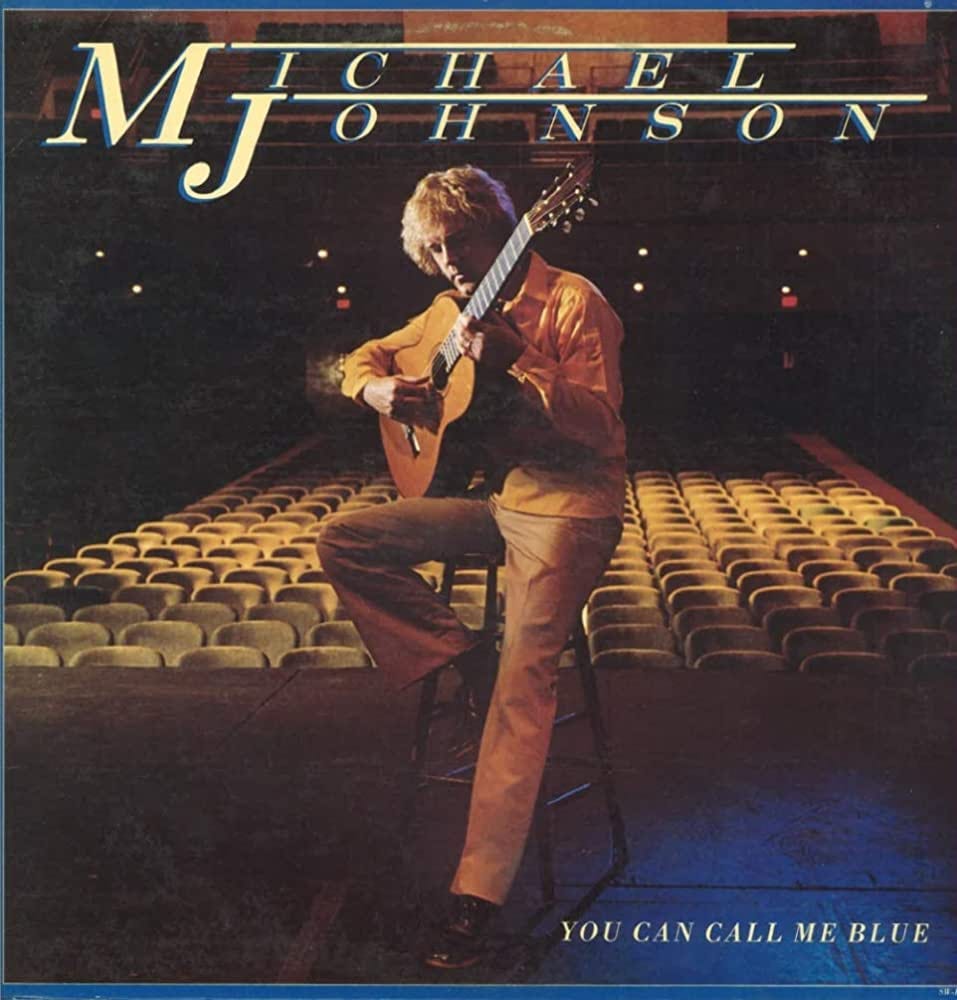
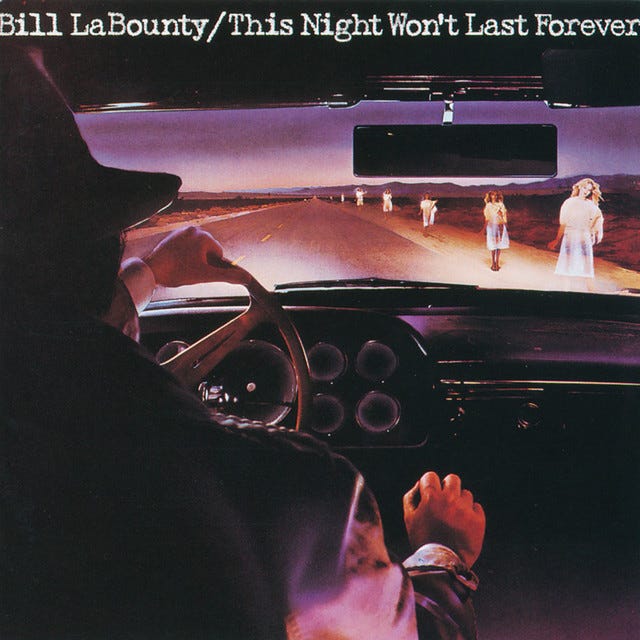

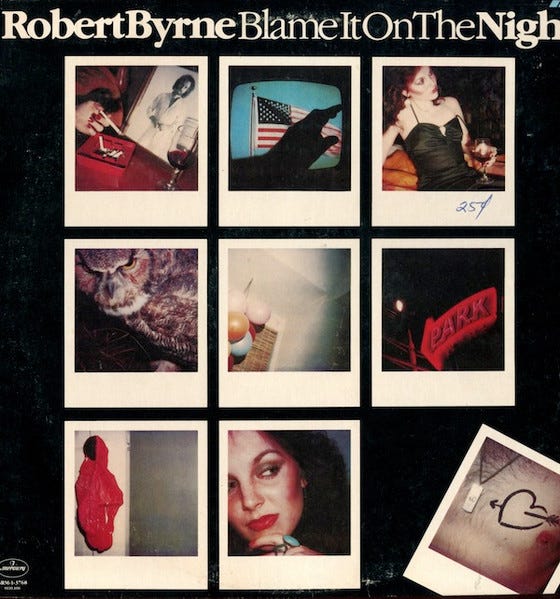
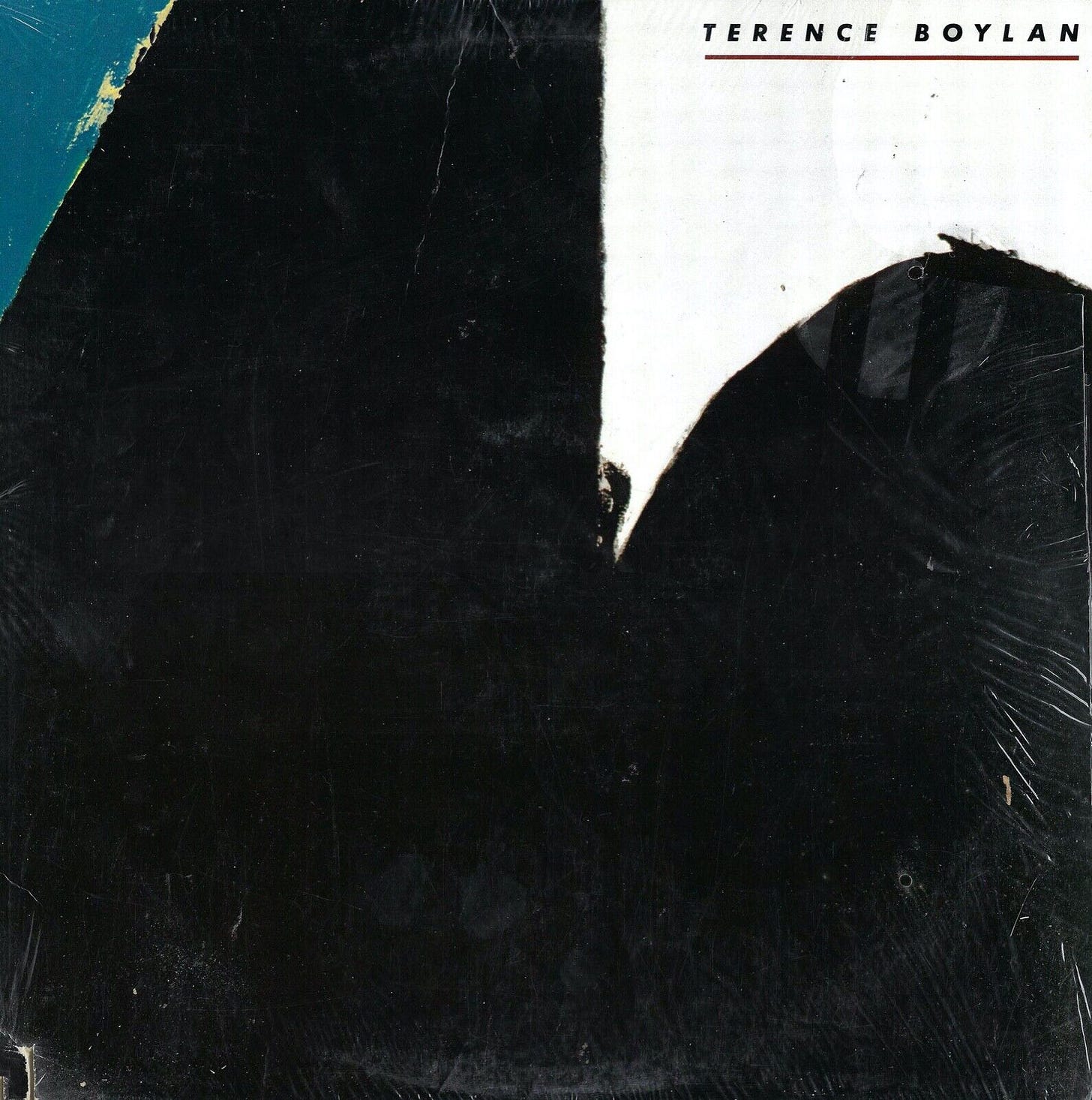
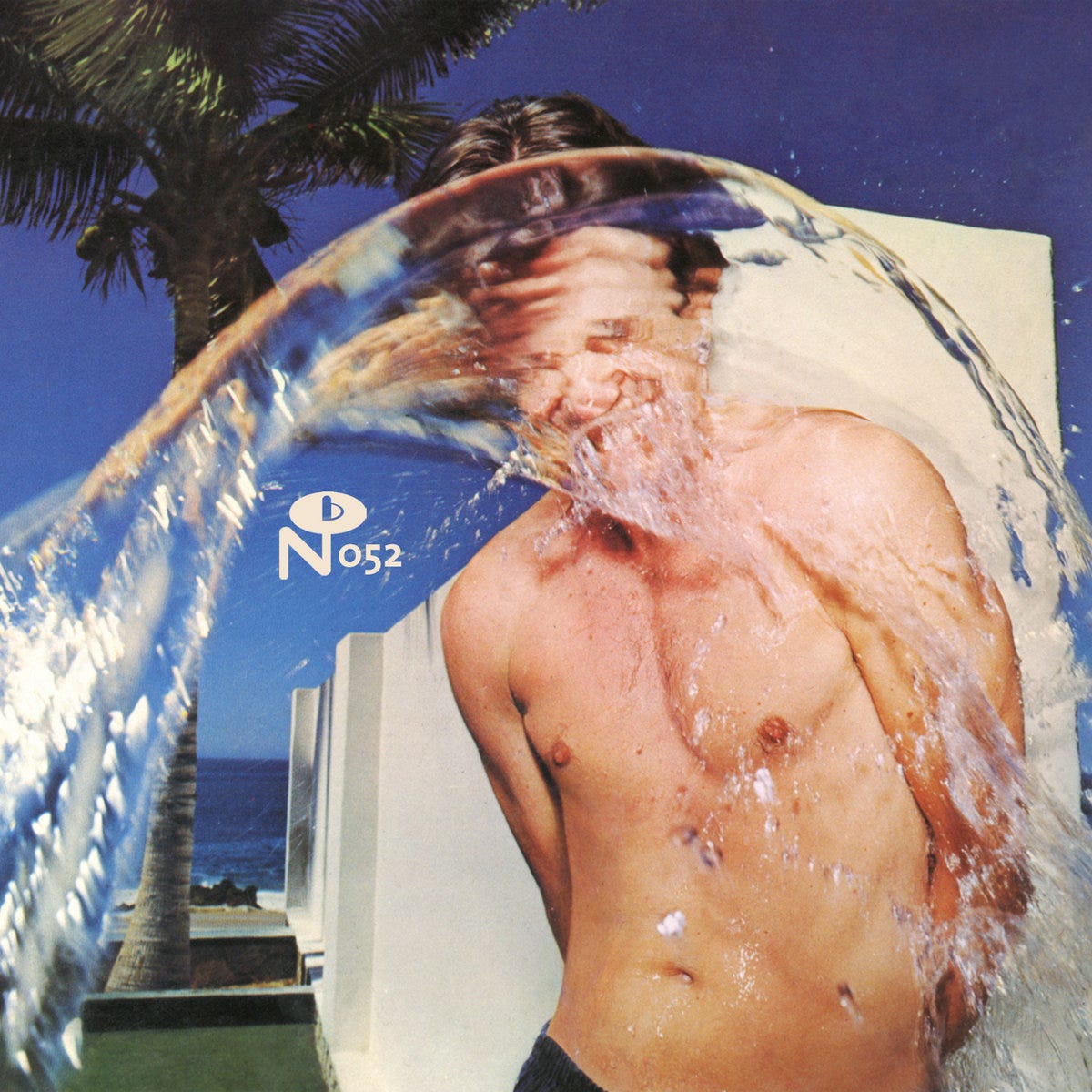
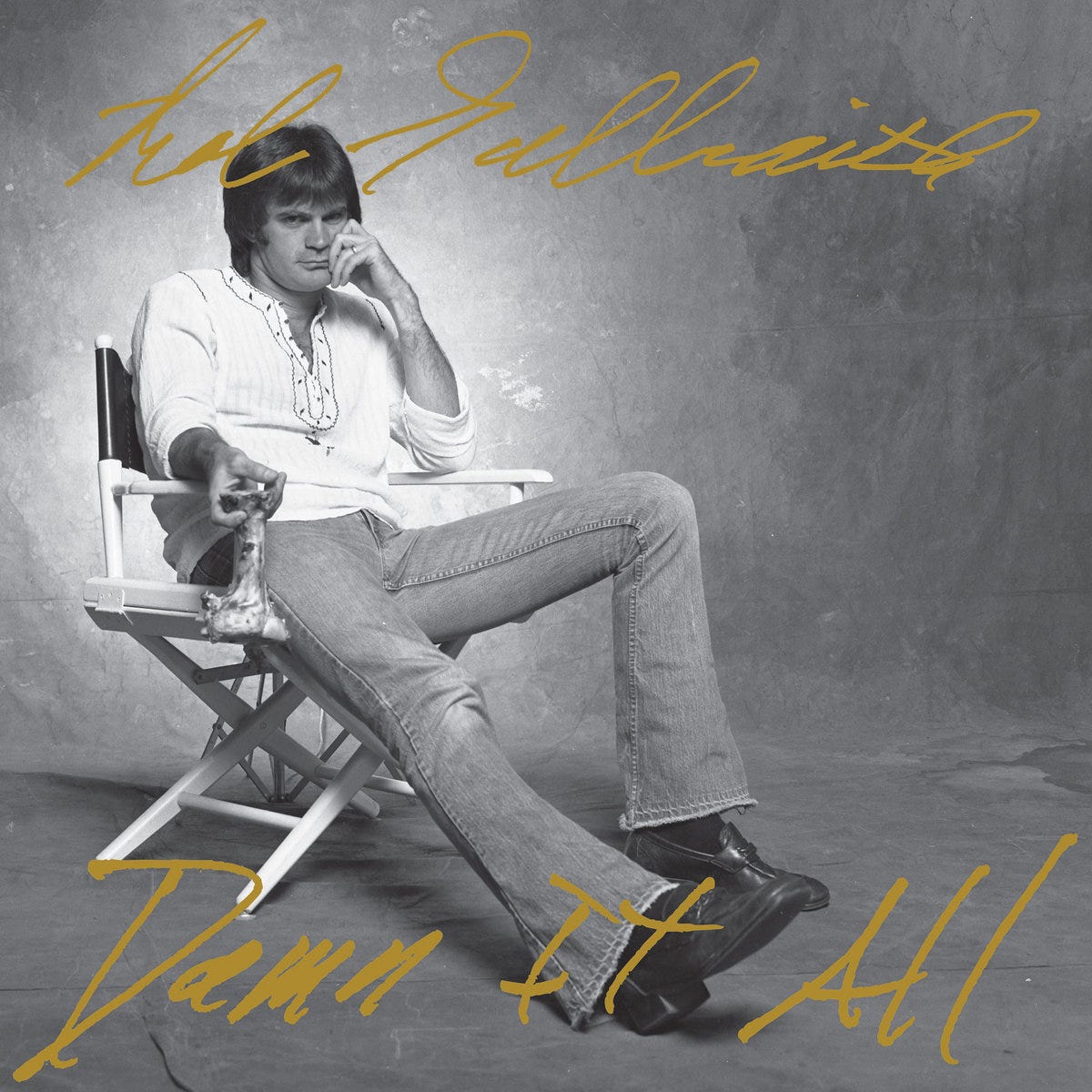
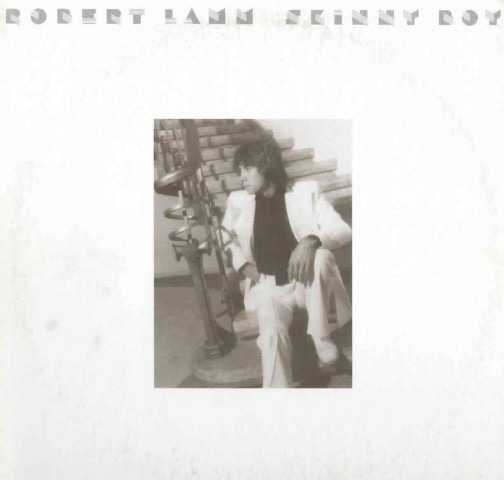
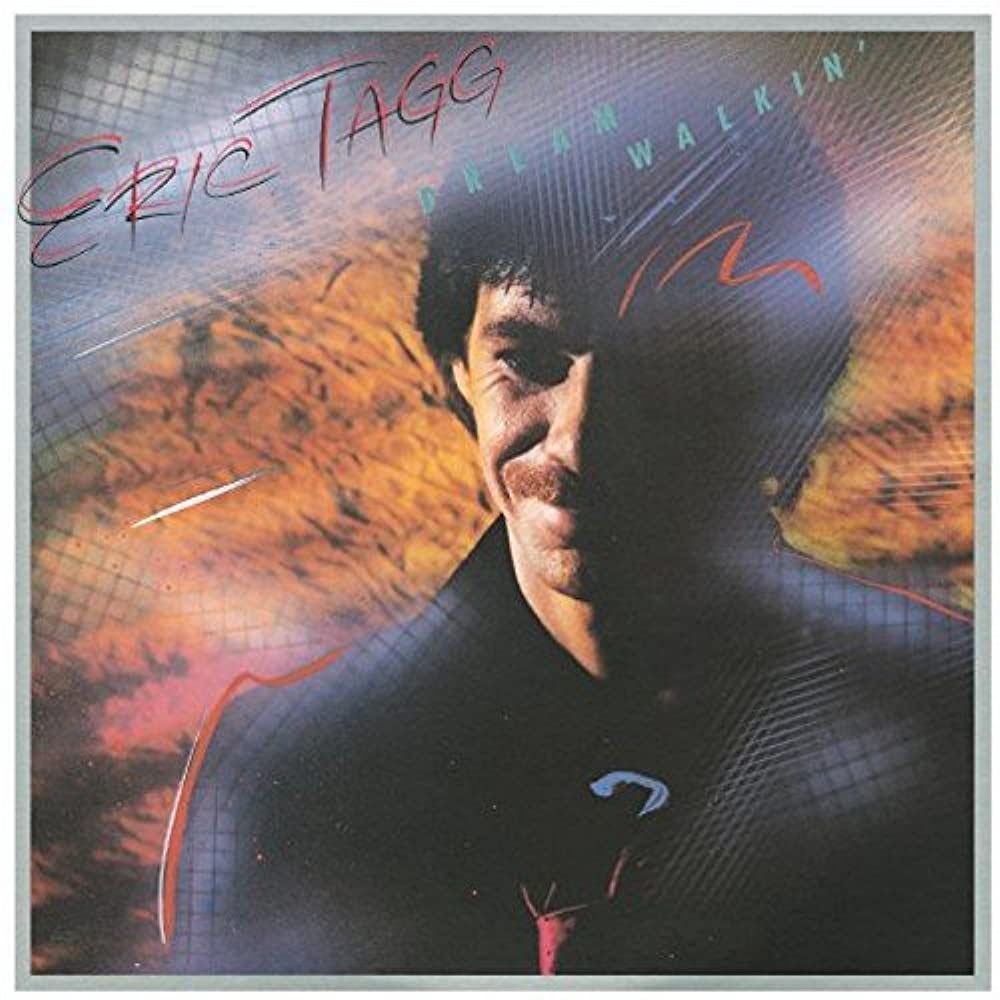
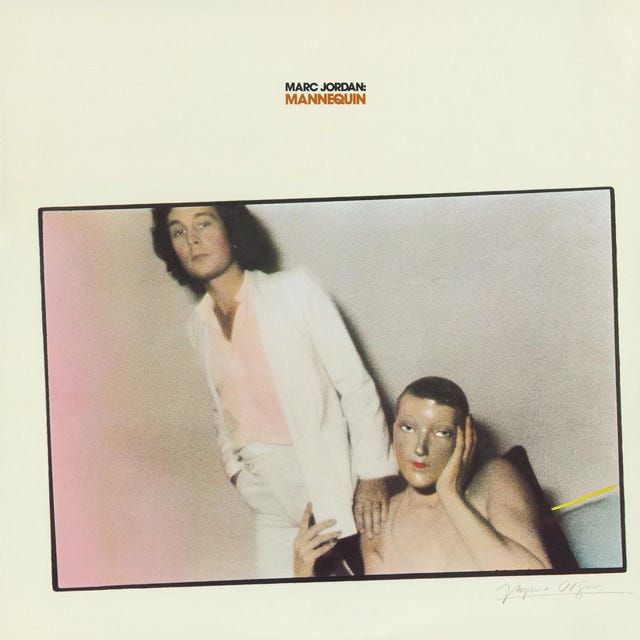
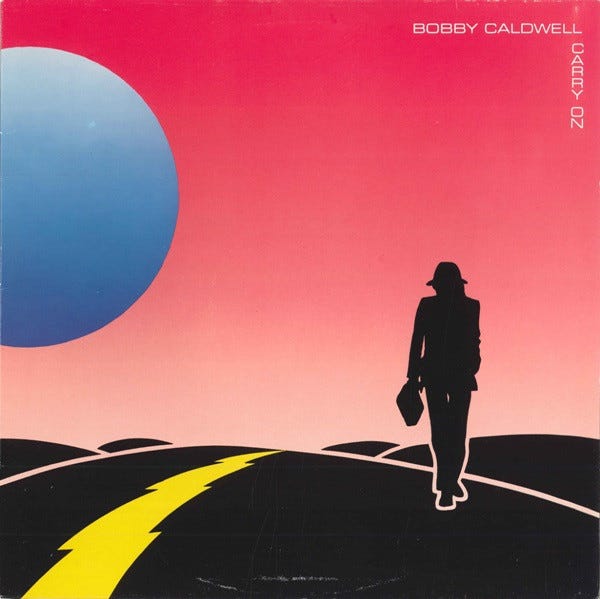

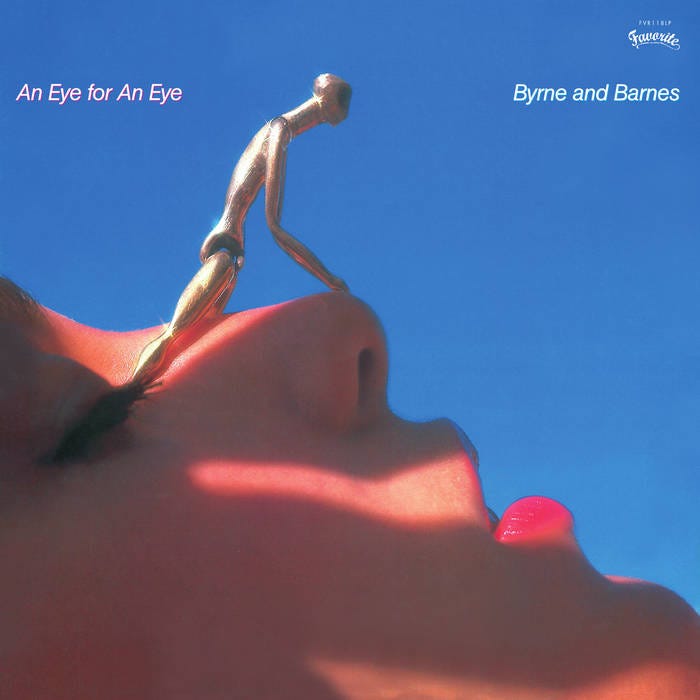
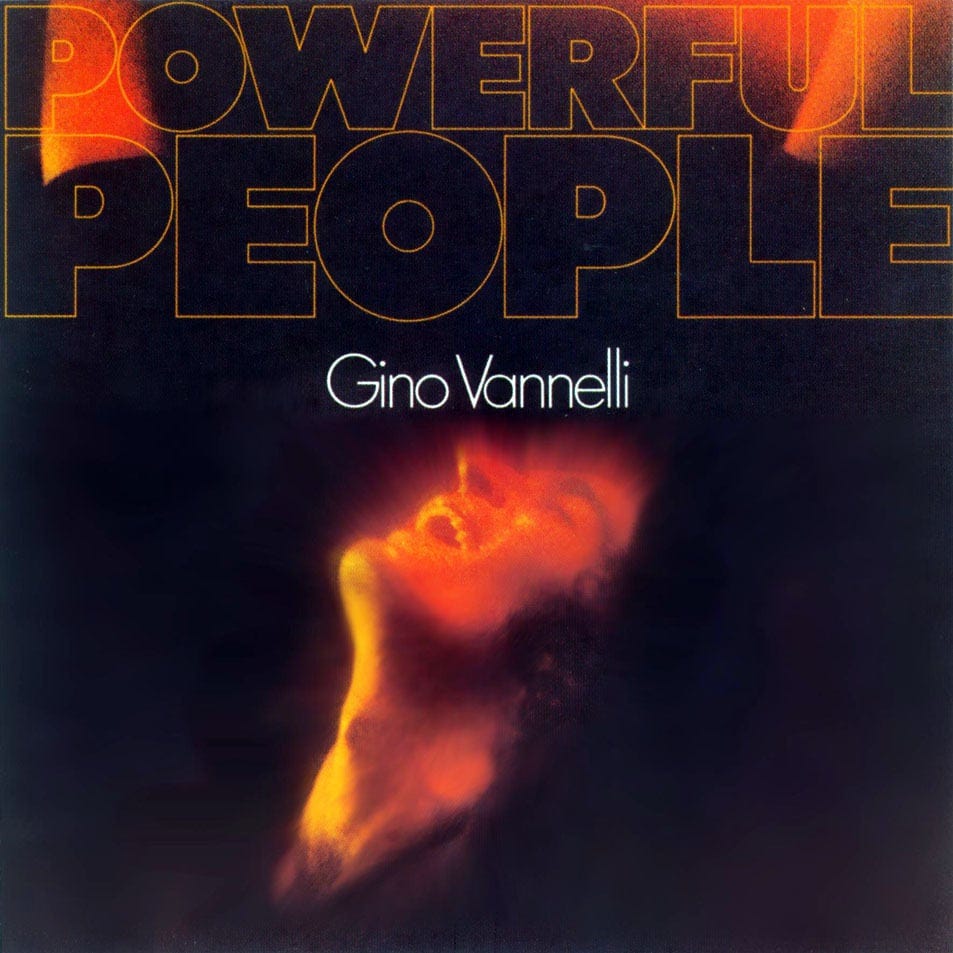










Share this post